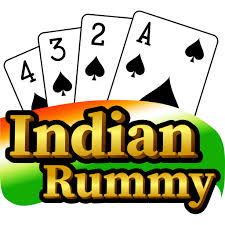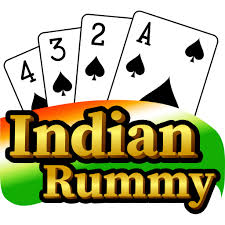Indian Rummy, a popular variant of the classic rummy game, is deeply rooted in the cultural fabric of India. Known for its engaging gameplay and strategic depth, Indian Rummy combines elements of skill, strategy, and luck, making it a favorite pastime for many. This article provides a comprehensive overview of Indian Rummy, including its rules, variations, strategies, and its significance in Indian culture.
What is Indian Rummy?
Indian Rummy, often referred to as 13 Card Rummy, is a variation of rummy that is played with one or two decks of standard 52 cards, along with jokers. The game involves drawing and discarding cards to form valid sets and sequences. Unlike some other rummy variants, Indian Rummy requires players to complete at least one pure sequence and additional sets or sequences to declare and win the game.
Key Features of Indian Rummy
- Card Setup:
- Decks: The game is typically played with one or two standard 52-card decks. Some versions include jokers as wild cards.
- Jokers: Jokers can be used to substitute any card to complete sets or sequences.
- Number of Players:
- Indian Rummy can be played with 2 to 6 players, with each player receiving 13 cards if two decks are used, or 10 cards if one deck is used.
- Objective:
- The primary goal is to form at least one pure sequence (a sequence without jokers) and additional valid sets or sequences to declare and win the game.
Basic Rules of Indian Rummy
- Dealing:
- Initial Deal: Each player is dealt 13 cards from a shuffled deck. The remaining cards form the stockpile, with the top card placed face-up to start the discard pile.
- Gameplay:
- Drawing: On each turn, a player draws one card from either the stockpile or the discard pile.
- Forming Sets and Sequences:
- Sets: Three or four cards of the same rank but different suits (e.g., 7♦, 7♠, 7♣).
- Sequences: Three or more consecutive cards of the same suit (e.g., 4♠, 5♠, 6♠).
- Discarding: After drawing, players discard one card to the discard pile.
- Declaring:
- Pure Sequence: A valid declaration must include at least one pure sequence.
- Additional Sets/Sequences: Other cards in the hand must be part of valid sets or sequences.
- Winning: The player declares their hand when they have formed the required combinations and reduces their deadwood (unmatched cards) to the minimum points.
- Scoring:
- Points: Cards carry specific point values, with face cards (J, Q, K) worth 10 points each, aces worth 1 point, and numbered cards worth their face value.
- Deadwood: The total points of unmatched cards in a player’s hand contribute to their score if another player declares.
Variations of Indian Rummy
- Points Rummy:
- Objective: Accumulate the lowest points over multiple rounds.
- Gameplay: Each round contributes to the total score. The game ends when a player reaches a predetermined score limit, often 100 or 200 points.
- Pool Rummy:
- Objective: Avoid accumulating high points. Players are eliminated when their total score exceeds a specific point threshold.
- Gameplay: Played with multiple decks and larger pools of players. The game continues until only one player remains or the pool ends.
- Deals Rummy:
- Objective: Minimize the total score over a set number of deals (rounds).
- Gameplay: Each deal has its own scoring. The player with the lowest cumulative score after all deals wins.
Strategies for Playing Indian Rummy
- Form Sequences Early:
- Aim to form at least one pure sequence as early as possible to secure a valid declaration. Sequences with fewer cards can be completed more quickly.
- Manage Your Deadwood:
- Discard high-value cards early to reduce your deadwood points. Avoid keeping cards that are unlikely to form valid sets or sequences.
- Use Jokers Wisely:
- Jokers are valuable for completing sets or sequences. Use them strategically to fill gaps in your combinations but avoid using them in easier combinations.
- Observe Your Opponents:
- Pay attention to the cards your opponents draw and discard. This can provide insight into their strategy and help you avoid discarding cards that may assist them.
- Stay Flexible:
- Adapt your strategy based on the cards you draw and the actions of your opponents. Flexibility in your approach can improve your chances of forming valid combinations and winning.
Indian Rummy and Its Cultural Significance
Indian Rummy holds a special place in Indian culture as a game enjoyed by families and friends during social gatherings and festivals. Its popularity is reflected in the numerous online platforms that offer Indian Rummy games, allowing players to enjoy the game from the comfort of their homes.
The game fosters social interaction and enhances strategic thinking, making it a beloved pastime across generations. Its rich history and the evolution of its online variants have contributed to its continued appeal in the modern era.
Conclusion
Indian Rummy is a classic card game with a rich heritage and a compelling blend of skill and strategy. Whether played casually with friends or competitively online, understanding the rules, variations, and strategies of Indian Rummy can enhance your gaming experience. With its engaging gameplay and cultural significance, Indian Rummy remains a timeless favorite for card game enthusiasts in India and beyond. So gather your cards, apply your strategies, and immerse yourself in the exciting world of Indian Rummy!






